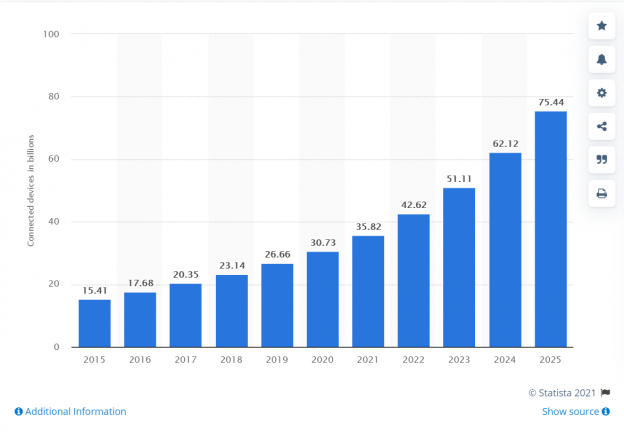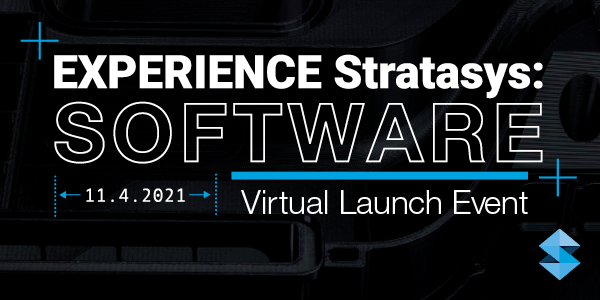The internet has allowed for so many advances these past few years. Most of modern society knows what a smartphone is or has been exposed to a smart device. What people might not know is that there is a whole network called the internet of things.
What is IoT?
IoT or internet of things is the interconnection of all of those smart devices to the internet. With technology associated with computers becoming so small, components like tiny sensors, powerful processing chips, and software allow regular devices to connect to the internet and hence be remotely monitored and controlled.
A good example of IoT is when you use a smart light bulb and are able to change the color and brightness of the light when it starts to get dark. That light bulb is able to connect to the internet and knows the time of day and then adjusts accordingly.
As of 2021, there are billions of IoT connected devices and by 2025 expect to hit nearly 75 billion by 2025.
What can IoT do for Additive Manufacturing?
3D printing is at a place where it is deeply involved with various industries. More companies are starting to see the power that 3D printing allows and have started creating 3D printers that are IoT compatible. The same attributes that our widely known smart devices possess are being integrated into these new smart 3D printers and smart factories.
Here are a few use cases.
Greatly increased access to data for improving efficiency in factories
There is an immense amount of data that is gathered from smart devices. Applications can track usage statistics to make a user’s experience better like notifying a user about demand. This can reduce overall costs or assist with the management of inventory. This can even be expanded into supply chain management since a user would be able to make adjustments to overall distribution based on weather conditions, driver availability, or time of the year.
Security in the production process and data itself
Having IoT enabled 3D printers and smart factories allows for preventative maintenance. The sensors in the machines can notify a user when a part on the line is not up to standard which prevents time being wasted or potential repercussions for sending out a bad product. It can also warn a person when a machine is close to breaking down or is in need of maintenance.
As for the data that is being transferred across a network. Once again the monitoring properties that come with IoT can enable users to know where their data is going and when something has changed. Privileges can also be configured to specific personnel for added layers of security.
Automation of certain processes
IoT takes great advantage of machine learning because of the data that is gathered. With some of the points I made before about preventative maintenance. As long as you have the knowledge that was gathered from the sensors, having connected machines within the factory can even allow for around-the clock production if it is needed.
If you want to learn more about Stratasys’ software solutions, join us on November 4, 2021 for our first annual Software Day where we will unveil the new GrabCAD additive manufacturing platform. Additionally, the event will have guest speakers including James Berlin and Frank Linderman who will speak about why additive manufacturing at scale requires connectivity.




Be the first to post a comment.